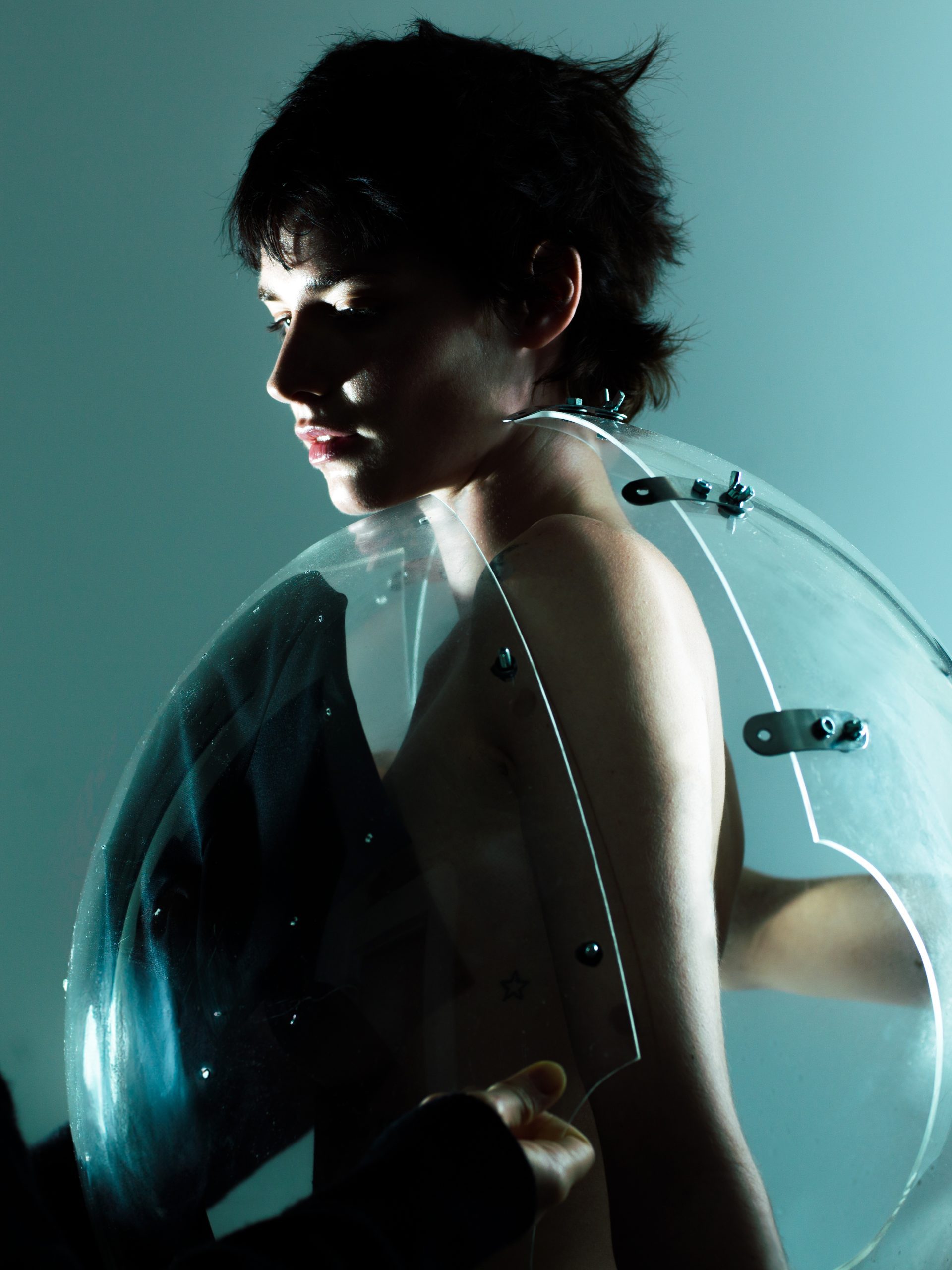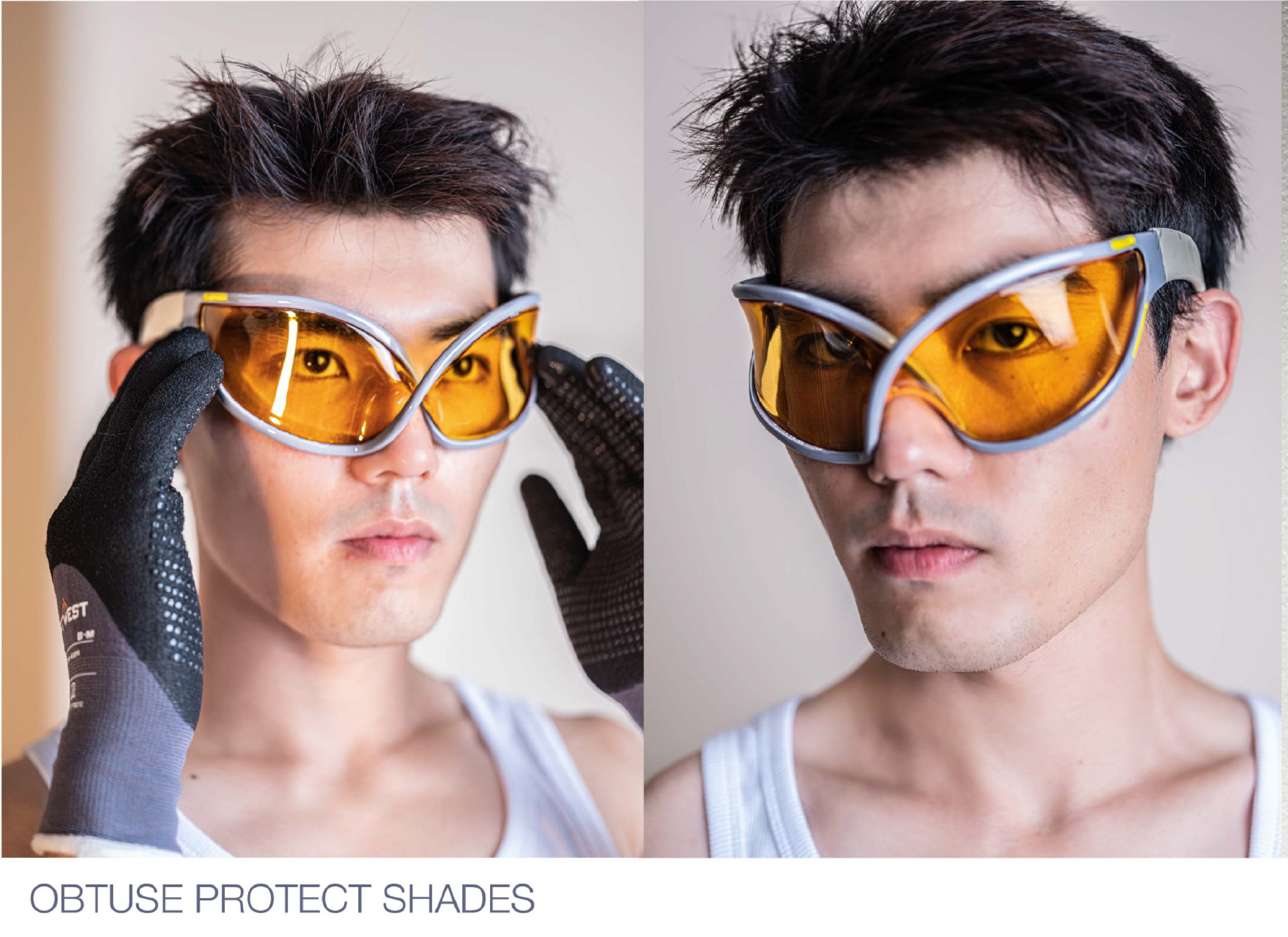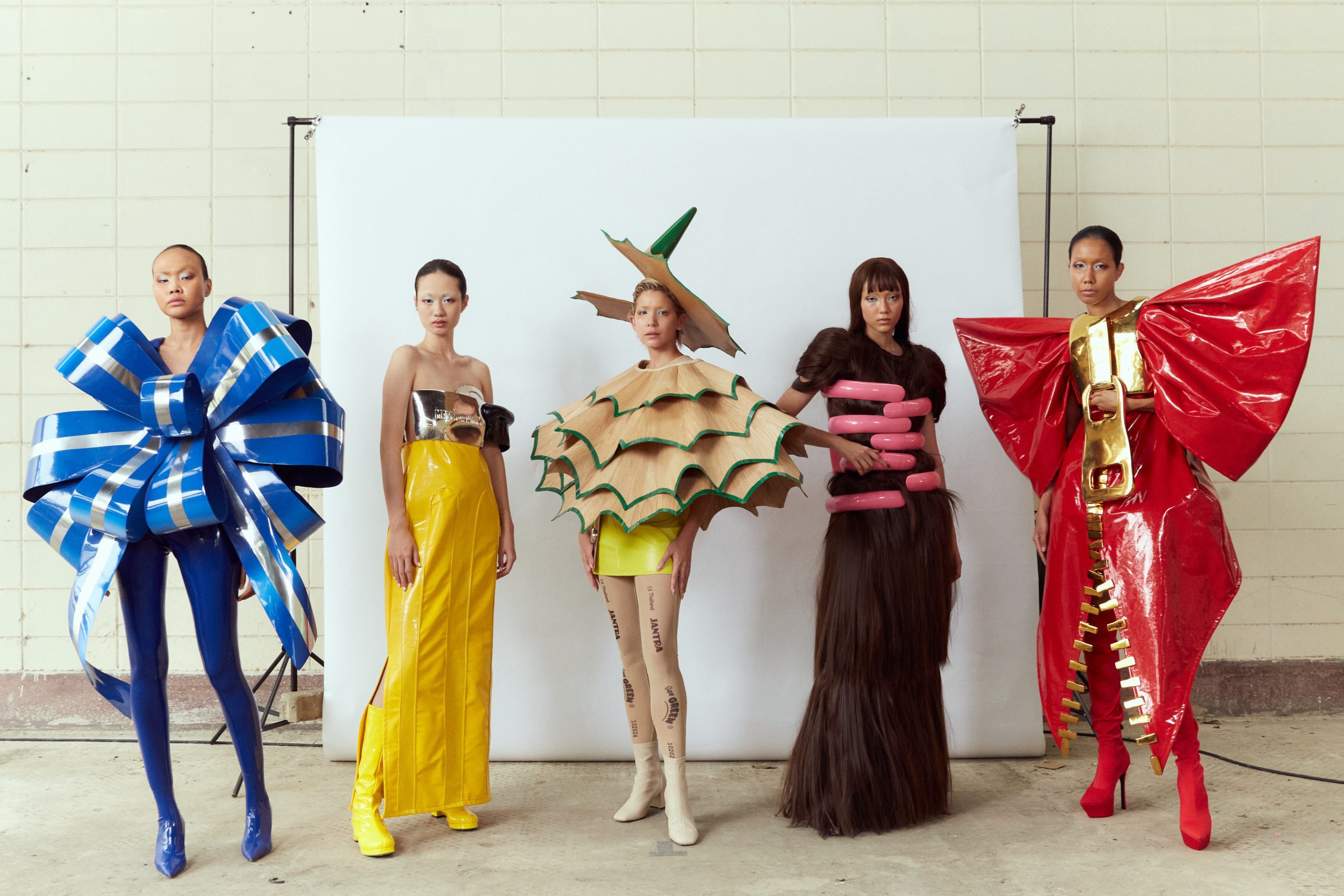In a world where expectations and demands are routinely evolving, finding your own pathway can be an arduous task. Is higher education worth it? While a concrete answer to this recurrent question would be ideal, the reality is, there isn’t one. Particularly in industries such as art and fashion, there’s a profound focus on personal style and individuality. Commonly, once core techniques are learnt, artists and designers devote their entire careers to stepping outside of the box and creating a new one altogether. That unique box becomes their distinctive stamp. A stamp so iconic it’s globally recognised even by those who aren’t particularly interested in the art or fashion industry. What does this mean for the value of higher education? Is it still a necessary launch pad in this day and age?
FASHION ICONS THAT DITCHED THE IDEA OF FASHION SCHOOL
There’s an extensive list of fashion’s historic icons that didn’t enroll in higher education, proving that your ability to climb the industry ranks isn’t solely based on what schools you attended. While it’s true that having a noteworthy history of education assists in opening doors, it’s not a fast-track pass to the top, and is no guarantee of a steady career. An intersection emerges at a certain stage in the journey to becoming an artist or designer. To the right presents the pathway to higher education, and to the left is the “solo” pathway. Neither of these pathways have a guaranteed outcome, and both come with significant and unique challenges. Some of the most renowned designers that turned left at the intersection are, Coco Chanel, Karl Lagerfeld, Donatella Versace, Manolo Blahnik, Vivienne Westwood, Vera Wang, Jean-Paul-Gaultier, Miuccia Prada, Thierry Mugler, Giorgio Armani, and Raf Simons. It’s also notable that some of these designers and many more found success in their careers later in life. Vera Wang, Christian Dior, and Giorgio Armani, all found prosperity in their designing endeavors in their 40s.
VENERATED ARTISTS THAT EMBARKED ON A SOLO JOURNEY
Amongst the sea of revered artists, some of the most timeless used the world as their classroom. Artists like Vincent van Gogh, Frida Kahlo, Grandma Moses, Yoko Ono, and Jean-Michel Basquiat, all found more value in forging their own pathways. Even artists like Pablo Picasso disliked the teachings at The Royal Academy of San Fernando and dropped out of formal education altogether. It’s said that he wouldn’t have become the artist he’s still known as today if he had continued down the road of traditional education.
FASHION SCHOOL PROS:
After delving into the minds of fashion school students from both the US and Australia, I was able to compile a list of both pros and cons of attending fashion school. Even on different sides of the world, the opinions on formal education remained relatively consistent. Both students from the US and Australia expressed the experiences they’ve had at fashion school as “supportive and judgment free”, even in high-pressure scenarios with one student adding, “you’re surrounded by like-minded and artistic creatives that dress immaculately and motivate you to be the best you can be.”
1—SECURITY
Attending fashion school comes with the advantage of security. As opposed to being self-taught, the curriculum of higher education instills you with the confidence you’re learning everything you need to know to prepare you for the fierce industry. Going down the route of higher education takes the weight off your shoulders of needing to cover all foundational bases on your own. This is particularly vital in the formative years of becoming a designer.
2—OPPORTUNITY
Another valuable takeaway from attending fashion school is easier access to internships and various other industry opportunities. While higher education isn’t the golden ticket to becoming the next Azzedine Alaia, it awards the keys to some exceptionally beneficial doors.
3—NETWORK
If you’re looking to create friendships with like-minded people, and have access to potential mentors, fashion school is the place to be. Particularly from what I’ve learnt of Australian fashion schools, there’s a rich network of supportive, like-minded creatives that feel completely free to express themselves. If you’re lucky enough to be immersed in a supportive learning environment, it can provide you with the motivation you may not have otherwise found to step outside your comfort zone.
FASHION SCHOOL CONS:
While there are fairly influential reasons to attend fashion school, there are also some cons to consider before taking the leap. Just like the list of pros, both US and Australian students had similar opinions on the cons of fashion school. One student from the US noted that “the expenses and deadlines can get really stressful”, and a student from Australia expressed, “it’s hard to balance with a job because so much is crammed into a short amount of time for each unit and the marking criteria is high, so it gets overwhelming.”
1—EXPENSES
It’s no secret that higher education is costly, and while there are occasionally payment plans and means of financial support, the extensive list of expenses is enough to drive even the most passionate away.
2—NO CONTROL OVER PACE
Self-taught designers can learn at their own pace and do so in a way that fits in with their current lifestyle. In the world of higher education there is no such luxury, with teachings that are often so fast-paced in order to fit into the term schedule that if you so much as blink for too long you could be left behind. This high-stress environment can make it difficult for some to retain information and get the most out of their educational experience.
3—THE STAKES ARE HIGH
To get a degree of any sort out of fashion school, you first have to pass fashion school. The marking criteria is high and all fashion sketches on paper and digitally have to be nearly perfect in order to receive a good grade. The high pressure and competitive nature of fashion school won’t be for everyone.
In terms of art school, there was a strikingly similar consensus. The idea of higher education being worth it is entirely subjective, but where people go wrong is when they base their decision off social pressures. No matter how many iconic designers and artists prove that higher education isn’t a necessity in leading a successful career, there remains a certain stigma around being self-taught. Without official credentials some tend to doubt or turn their nose up, but their opinions don’t define success. What defines success is the lengths taken to get there. While fashion school opens the doors to opportunities and internships, there’s nothing stopping one from sourcing those things on their own. With commitment, confidence and passion, those doors can be opened. The education system is structured linearly, however the journey of a career is anything but. If Vera Wang making it in fashion in her 40s doesn’t prove this, I don’t know what will.
Maybe the question isn’t ‘is higher education and fashion school worth it?’, but ‘is higher education and fashion school worth it to you?’.
Written by Ashley Jade Callahan from GLITCH Magazine





